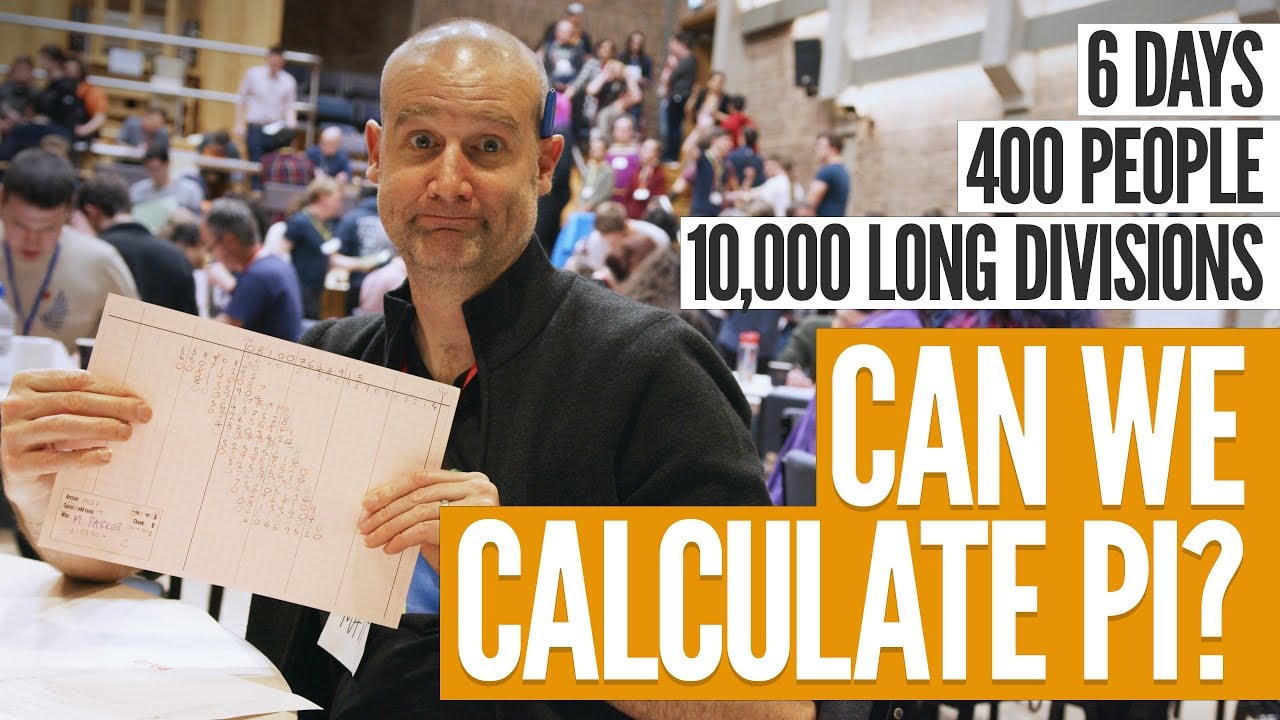I often wonder, when is the last time that pi was actually measured, and what was the precision level?
I suppose that any rounding on the measure will have a significant impact. How do scientist alway end up with the same value to thousand of digits?
It’s been measured and approximated a lot of times.
To answer your question: it can be calculated/approximated mathematically, rather than by strictly measuring it.
That the problem I have about the situation. I’m thinking of a physical standard to calculated pi. Like the current kilogram sphere. Has anyone bothered to measure it’s radius and circumference with high precision tools. I’m not advocating to make pi legally 3.14. Just curious. If you do the calculation based on a micrometer vs millimeter tools you surely get a different result.
The thing is, with a lot of constants like pi, any measurements are attempting to capture a “pure” infinitely-precise value. And doing calculations in a purely abstract context can get a lot closer to that mythical value than measuring with even our most precise tooling. A constant like pi isn’t a physical reference (like a gram or a meter). Rather, the physical thing approximates some abstract “perfect” value.
Think of it like this: we want to find the value of 1 + 1. So we create cubes that are 1 cm on each side, then we put two of them together and measure them. The measurement will not be exactly 2, it’ll have some error (maybe 1.999896cm, or 2.010102cm). But instead of using physical measures, we can create imaginary cubes that are exactly, perfectly 1cm and two together is exactly 2cm.
So we can do the same thing with special constants like pi, e, and lots of others, and we can get much greater accuracy than by measuring real-world objects.
Although there are measurement techniques that do appropriate pi, that’s done mostly because it’s interesting. Typically one calculates pi, not measures it. The calculation can’t ever be completed but the more you do, the better your approximation. One method is this https://en.m.wikipedia.org/wiki/Leibniz_formula_for_π
That sort of stuff is done a lot. However, you don’t need all that many digits before adding more digits doesn’t meaningfully affect calculations. https://www.jpl.nasa.gov/edu/news/2016/3/16/how-many-decimals-of-pi-do-we-really-need/
The rounding has a less significant impact than you’d think.
Interplanetary calculations of the highest precision will use just 15 decimals, which results in an error of about 1cm when calculating a circumference of 150 billion km.
But if you really want to measure even more accurately than that… The circumference of a circle with a diameter of 92 billion light years (as large as the known universe) can be calculated using 37 decimals of pi, and the result would be accurate within the width of a single hydrogen atom.
https://www.jpl.nasa.gov/edu/news/2016/3/16/how-many-decimals-of-pi-do-we-really-need/
I love Matt Parker. Will save this to watch tomorrow during lunch.



